CMOS Cameras
Venuslab-ISP CMOS Camera
Achieved a balance between "professional performance and high cost-effectiveness"
- Hardware-level image processing engine
- High-sensitivity and low-noise imaging
- Full-scenario compatibility design
- Balance between high resolution and transmission efficiency
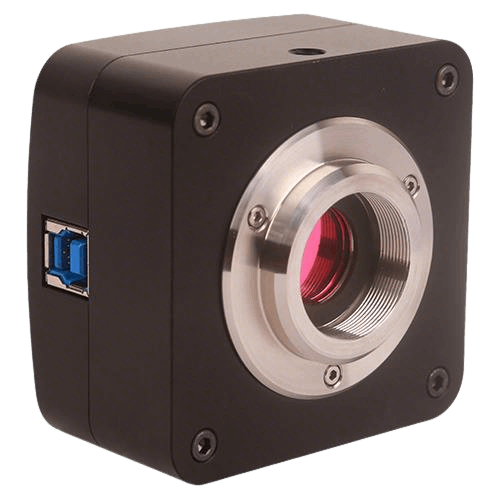
Venuslab-ISP CMOS Camera
Advantages:As the highest-resolution model in the series, it adopts Sony Exmor C back-illuminated technology and supports multi-aspect ratio output (3:2/4:3/17:9) to be compatible with different types of microscopes, reducing costs by 40% compared with similar scientific research cameras.
Applications:Semiconductor wafer defect detection, full-field scanning of pathological sections, and astronomical high-resolution imaging.

Venuslab-ISP CMOS Camera
The RS sensor has a 30% faster reading speed compared to the first-generation C series. With a resolution of 3696×2778, it balances detail and dynamic capture, making it suitable for high-resolution tracking of living cells.
Applications: Dynamic observation of living cells, structural analysis of nanomaterials, high-definition fluorescence in situ hybridization experiments.
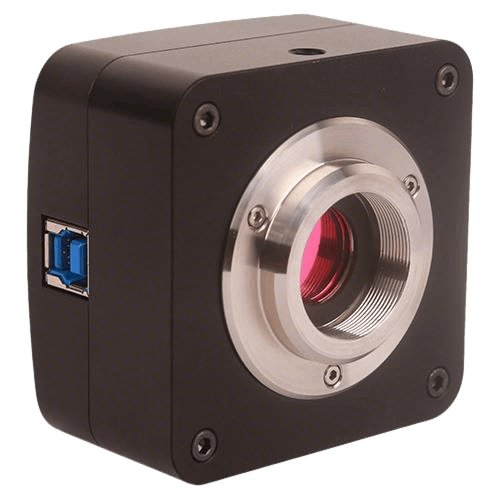
Venuslab-ISP CMOS Camera
Unique square field of view design, perfectly compatible with stereomicroscopes. The 4×4 pixel binning mode significantly improves low-light performance.
Applications: Analysis of internal structures of jewelry, inspection of electronic component pads, observation of mineral crystals.
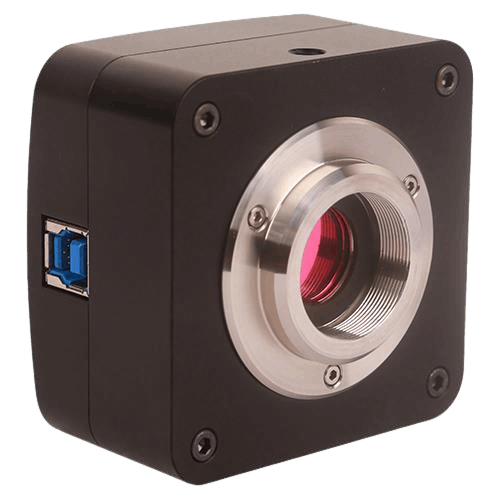
Venuslab-ISP CMOS Camera
The ultra-small pixel design achieves high resolution, with a minimum exposure time of 0.013ms suitable for capturing fast-moving events, and 3×3 pixel binning optimizes low-light performance.
Applications: Dynamic monitoring of microfluidic chips, high-speed particle motion tracking, high-throughput screening experiments.
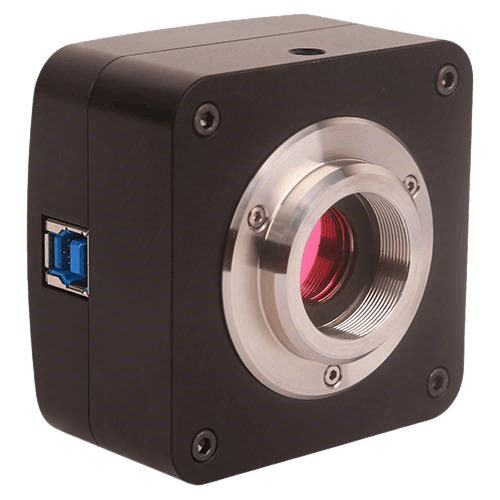
Venuslab-ISP CMOS Camera
One of the best models in the series with superior low-light performance. Its 9×9 binning mode is equivalent to an ultra-large pixel size of 30μm, and the dark current is only 0.1mV@1/30s.
Applications: Fluorescent protein imaging (GFP/RFP), long-term observation of living cells, bioluminescence recording.
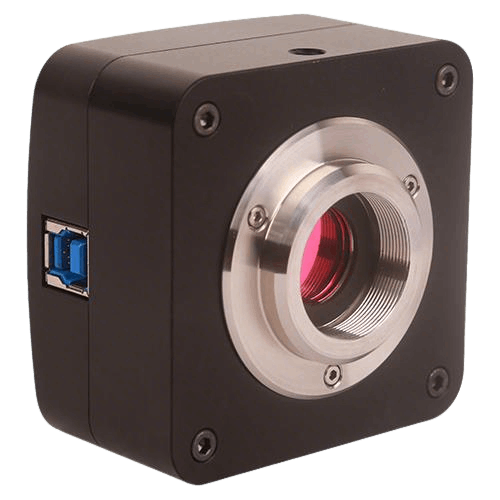
Venuslab-ISP CMOS Camera
Global shutter eliminates motion artifacts, making it suitable for imaging fast-moving samples. The frame rate reaches 64.4fps in 4×4 binning mode.
Applications: Hydrodynamics research, dynamic cell migration observation, high-speed particle tracking.

Venuslab-ISP CMOS Camera
RS stacked technology improves imaging efficiency. Multiple merging modes (1×1/2×2/3×3) balance resolution and frame rate.
Applications: Routine pathological testing, plant slice observation, surface inspection of industrial parts.

Venuslab-ISP CMOS Camera
Compared with the KPA model, the frame rate is increased by 33% without any performance loss, making it suitable for scenarios that require higher temporal resolution.
Applications: dynamic cell observation, rapid material detection, real-time imaging demonstrations in teaching.
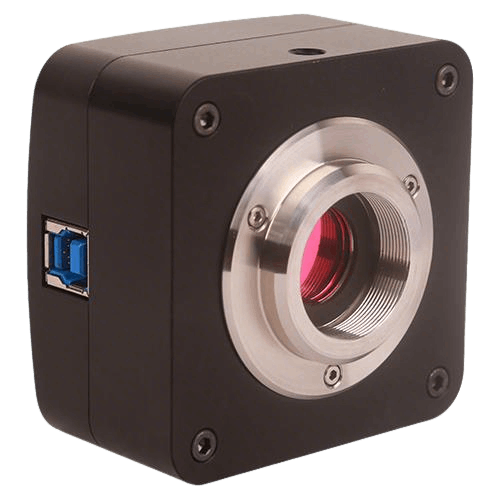
Venuslab-ISP CMOS Camera
Square field of view design, 3.3μm large pixels ensure low-light performance, and 3×3 binning mode optimizes low-illumination imaging.
Applications: Digitalization of stereomicroscopes, analysis of symmetric structural materials, jewelry identification.
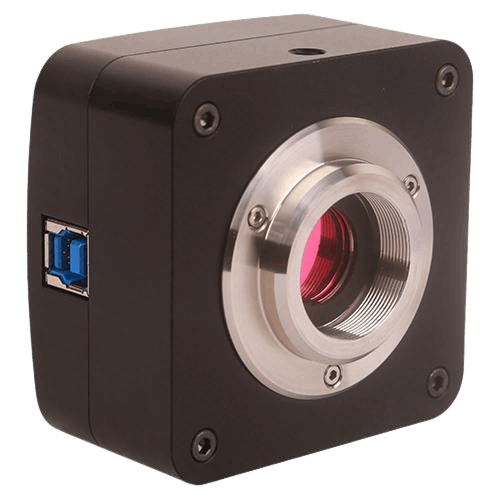
Venuslab-ISP CMOS Camera
It is compact in size (68×46.4mm) and weighs only 150g. The 3×3 pixel binning enhances low-light performance, making it suitable for integration into portable devices.
Applications: modification of teaching microscopes, observation of conventional biological samples, portable testing equipment.

Venuslab-ISP CMOS Camera
Global shutter eliminates motion blur, with a minimum exposure time of 0.03ms. The frame rate exceeds 100fps in 4×4 binning mode, making it suitable for high-speed dynamic imaging.
Applications: high-speed microfluidic imaging, moving particle analysis, and fast auto-focus systems.
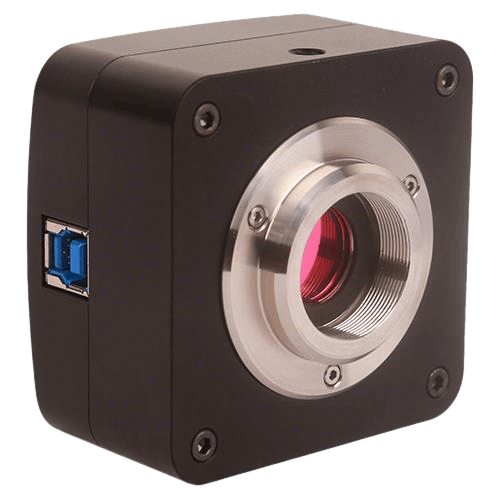
Venuslab-ISP CMOS Camera
3.45μm large pixels enhance low-light performance, global shutter is suitable for medium-speed dynamic scenes, and 0.2...15s wide exposure range.
Applications: low-light dynamic observation, rapid switching between fluorescence and bright field, industrial online inspection.
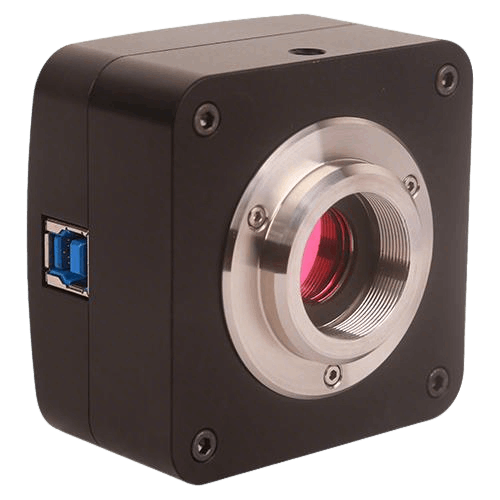
Venuslab-ISP CMOS Camera
Balance resolution and cost, with optional 1×1/2×2 merging modes, suitable for regular applications with limited budgets.
Applications: Teaching experiment imaging, routine pathological screening, industrial appearance inspection.

Venuslab-ISP CMOS Camera
The frame rate is 20% higher than that of the KPA model. The 4×4 merging mode reaches 120fps, and the 12-bit output improves color reproduction.
Applications: rapid material screening, dynamic sample observation, teaching demonstration equipment.
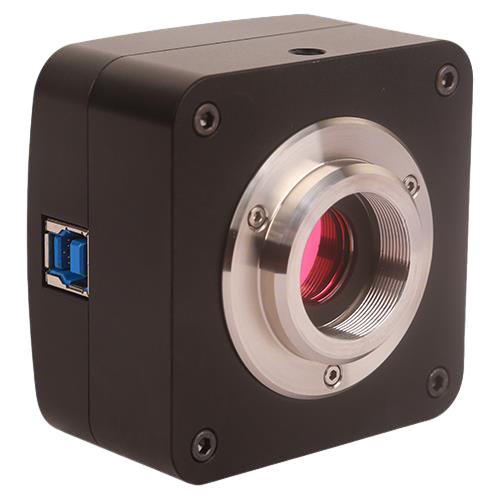
Venuslab-ISP CMOS Camera
Square field of view design, HCG mode enhances low-light performance, ultra-wide exposure range from 0.013ms to 15s.
Applications: Stereomicroscope imaging, symmetric structure analysis, low-light environment observation.
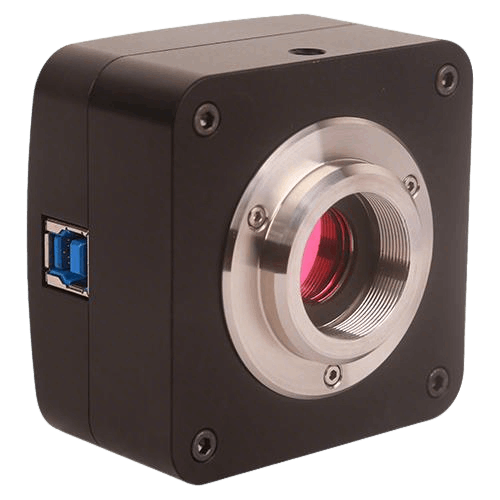
Venuslab-ISP CMOS Camera
Global shutters are suitable for dynamic scenes. The large 3.45μm pixels ensure low-light performance, and the 16:9 aspect ratio is suitable for video observation.
Applications: Recording of high-speed dynamic events, assembly line inspection, and teaching video collection.

Venuslab-ISP CMOS Camera
Square field of view design, ultra-low dark current (0.04mV), suitable for long-exposure imaging.
Applications: low-light microscopy imaging, material structure analysis, stereomicroscope modification.

Venuslab-ISP CMOS Camera
16:9 high-definition format, suitable for video observation, 2×2 merging mode enhances low-light performance.
Applications: teaching video demonstrations, regular brightfield observation, industrial appearance inspection.

Venuslab-ISP CMOS Camera
The sensitivity is 114% higher than that of the KPA model, with a minimum exposure time of 0.02ms, making it suitable for fast dynamic capture.
Applications: Fluorescence imaging, dynamic sample observation, and teaching experiment demonstration.
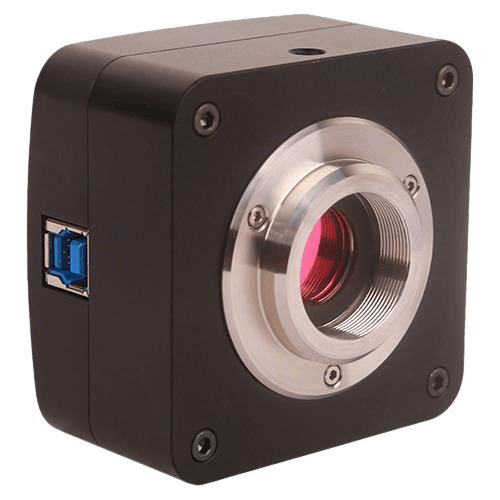
Venuslab-ISP CMOS Camera
Large target surface design, 2.9μm pixels enhance low-light performance, suitable for imaging in low-illumination environments.
Applications: low-light fluorescence imaging, living cell observation, low-illumination material detection.

Venuslab-ISP CMOS Camera
The most sensitive model in the series, with a dark current of only 0.13mV, suitable for extremely weak light imaging scenarios.
Applications: low-intensity fluorescence imaging, chemiluminescence detection, observation of weak-light biological samples.
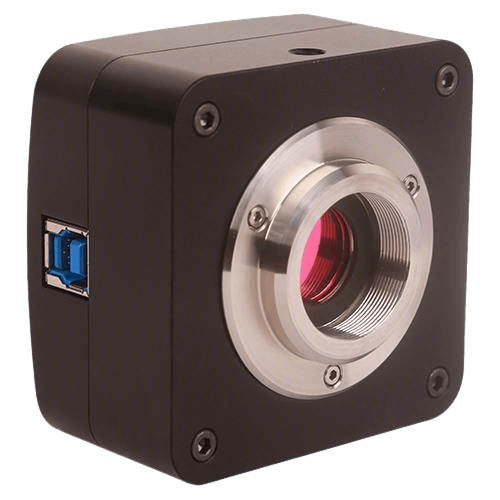
Venuslab-ISP CMOS Camera
It balances sensitivity and cost, with a 30% price reduction compared to the KPD model, making it suitable for low-light applications with limited budgets.
Applications: General fluorescence imaging, teaching experiments, and observation of medium-intensity low light.

Venuslab-ISP CMOS Camera
4.63μm ultra-large pixels, 14-bit output to enhance dynamic range, square field of view compatible with stereomicroscopes.
Applications: Observation of symmetric structures in low-light environments, high-sensitivity imaging with stereomicroscopes, detection of material defects.
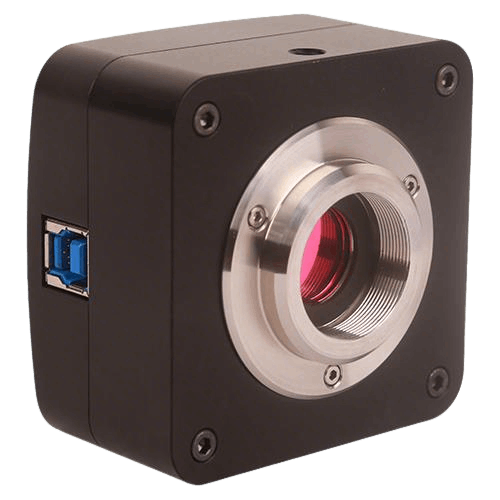
Venuslab-ISP CMOS Camera
Exmor RS technology improves imaging efficiency, balances resolution and frame rate, and is suitable for regular applications.
Applications: teaching experiments, routine pathological observation, industrial parts inspection.
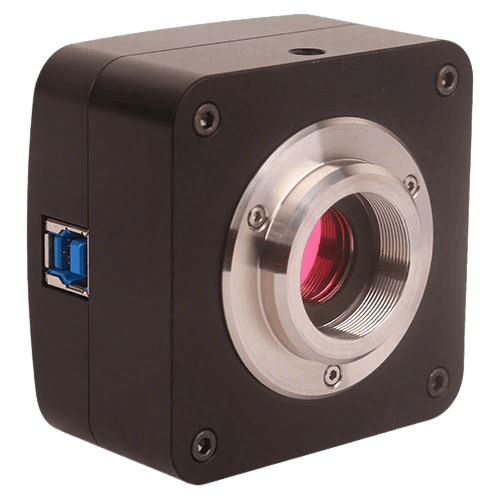
Venuslab-ISP CMOS Camera
Compared with the KPA model, its frame rate is increased by 97%, making it suitable for dynamic scenes that require high temporal resolution.
Applications: rapid dynamic observation, detection on assembly lines, and tracking of moving samples.
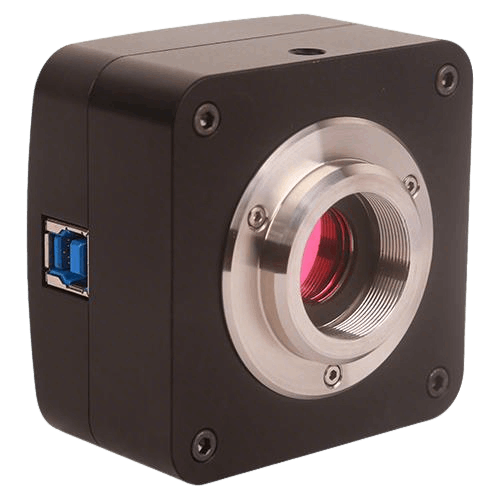
Venuslab-ISP CMOS Camera
Global shutter eliminates motion blur, with a minimum exposure time of 0.03ms, suitable for high-speed dynamic scenarios, and ultra-low power consumption of 2.5W.
Applications: Digitalization of student microscopes, rapid screening on production lines, portable testing equipment.
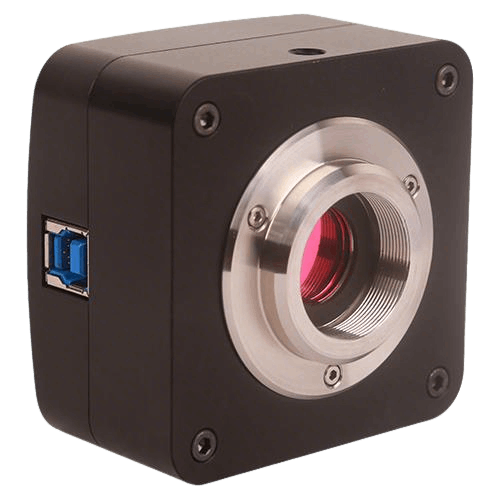
Venuslab-ISP CMOS Camera
The large pixel design enhances low-light performance, the global shutter is suitable for medium-speed dynamic scenes, and it offers outstanding cost performance.
Applications: teaching experiment imaging, conventional brightfield observation, medium-speed dynamic detection.
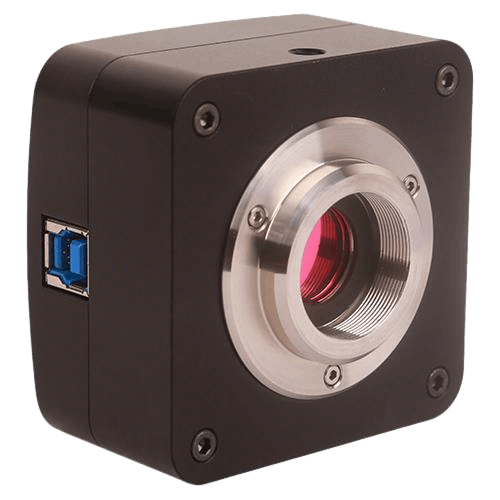
Venuslab-ISP CMOS Camera
Low-cost global shutter solution, with 3.45μm pixels ensuring imaging quality, suitable for large-scale teaching equipment.
Applications: Basic biology experiments in primary and secondary schools, popular science education, low-cost microscope modification.
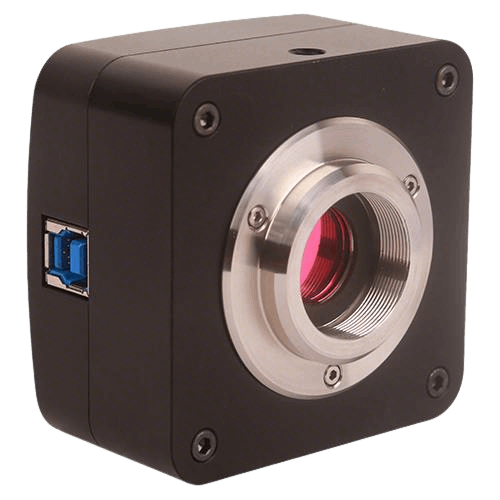
Venuslab-ISP CMOS Camera
Ultra-low-cost solution, plug-and-play design, compatible with various teaching microscopes, weighing only 100g.
Applications: Large-scale modification of teaching equipment, basic observation experiments, science popularization display equipment.
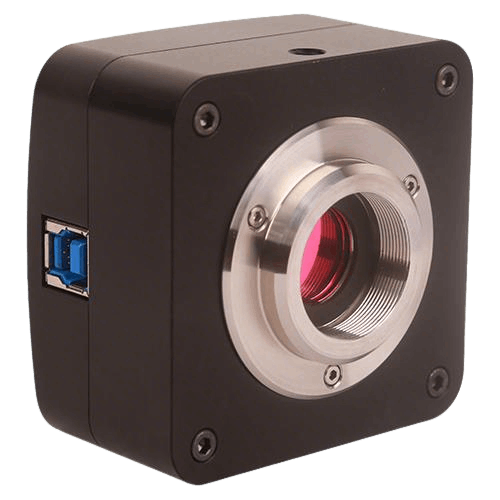
Venuslab-ISP CMOS Camera
The lowest-cost model in the series, priced at only 1/8 of the flagship model, meets basic observation needs.
Applications: Basic experiments in primary and secondary schools, large-scale teaching equipment, and popular science education equipment.
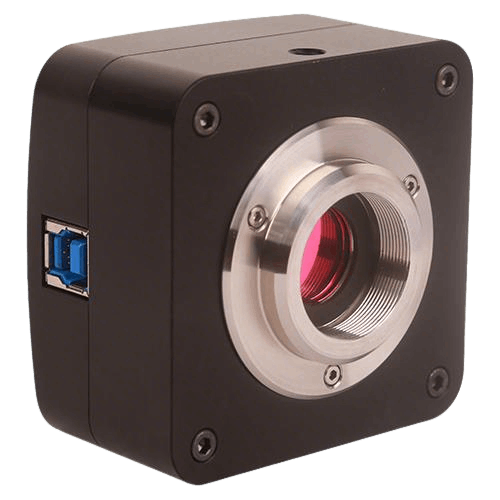
Venuslab-ISP CMOS Camera
Integrates a 12-bit ultra-fine hardware ISP to complete image processing in real time, with low latency, CPU resource saving, and ensuring color accuracy and low-light signal-to-noise ratio.
Applications: Industrial inspection and semiconductor manufacturing, life sciences and medical research, materials science and quality control, scientific research and education.

Venuslab-ISP CMOS Camera
Equipped with Ultra-Fine hardware ISP, it features hardware-level high-speed image processing, which saves CPU resources and ensures accurate colors.
Applications: Microscopic imaging field, industrial automation, scientific research and education
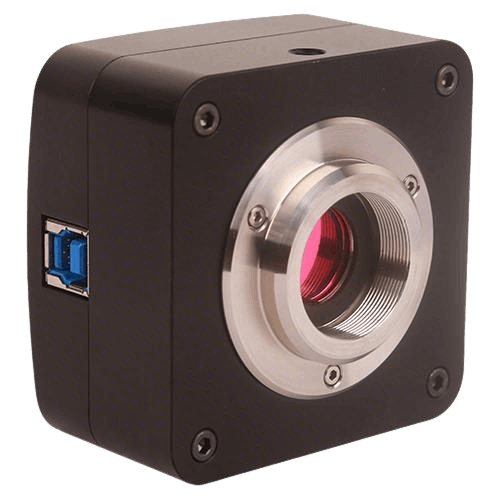
Venuslab-ISP CMOS Camera
8935mV high G light sensitivity + 14μs short exposure, excellent low-light imaging performance.
Applications:
life science research, industrial inspection and machine vision, astronomy and environmental monitoring.
Venuslab-UISP CMOS Camera
Achieve efficient and high-quality image transmission and processing at high resolution.
- High-speed transmission, high-definition and smooth
- Full-scene adaptation, flexible software and hardware
- Industrial-grade reliability, long-term peace of mind
- Hardware ISP, both efficiency and quality improved
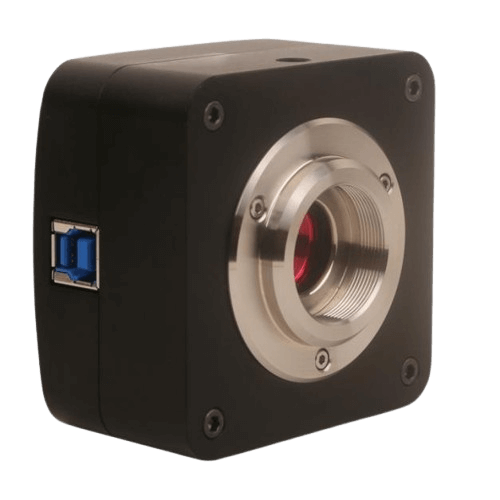
Venuslab-UISP CMOS Camera
Advantages:
High resolution, small pixels suitable for fine imaging, and flexible multi-binning modes.
Applications:
Scenarios with high resolution requirements such as microscopic imaging and fine industrial inspection.
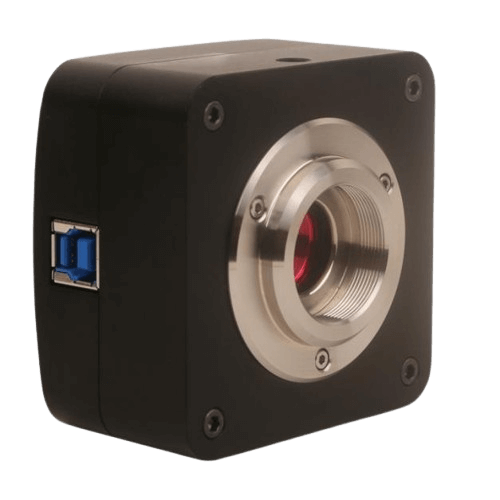
Venuslab-UISP CMOS Camera
Advantages:
Balances resolution and light sensitivity, with multiple binning to adapt to different frame rate requirements.
Applications:
Scenarios such as industrial visual inspection and document scanning.
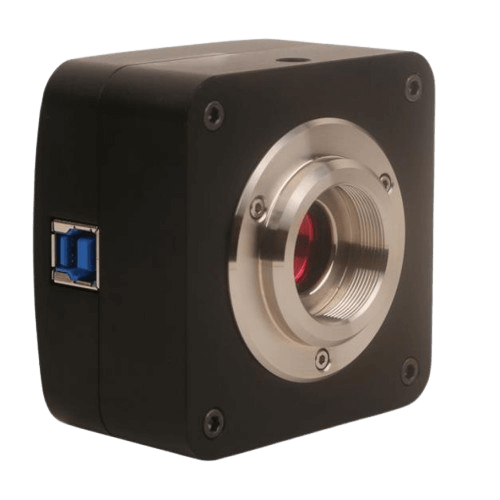
Venuslab-UISP CMOS Camera
Advantages:
Large pixels have good light sensitivity, resulting in excellent imaging in low-light environments, with multiple binning options available.
Applications:
Low-light scenarios such as weak light industrial inspection and security monitoring.

Venuslab-UISP CMOS Camera
Advantages:
High resolution and large dynamic range, with excellent performance in presenting details, light and shadow.
Applications:
Scenarios such as high-end microscopic imaging and high-precision industrial inspection.
Venuslab-L3 CMOS Camera
Professional-grade microscopic imaging and industrial inspection scenarios
- High-performance sensors and hardware-level cache design
- High-speed links and low-noise design
- Professional color engine and parameter adjustability
- Full-scenario compatibility and development support
- Environmental adaptability and durability
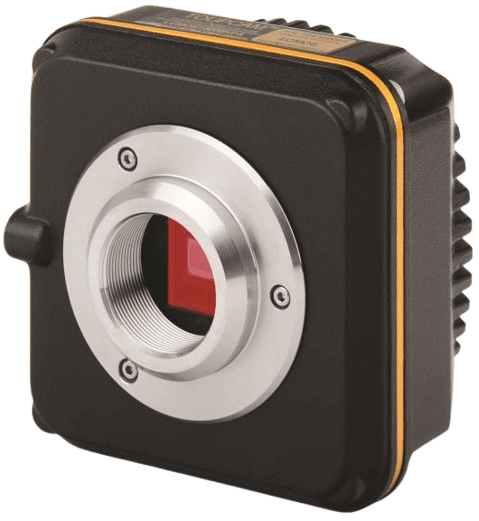
Venuslab-L3 CMOS Camera
Advantages:
High pixels combined with a relatively large sensor can capture rich details; excellent dynamic range allows for good image restoration under different lighting conditions.
Applications:
Suitable for scientific research imaging with high requirements for details, such as the analysis of material microstructure; also applicable to industrial inspection with certain image quality requirements, such as the appearance inspection of precision components.
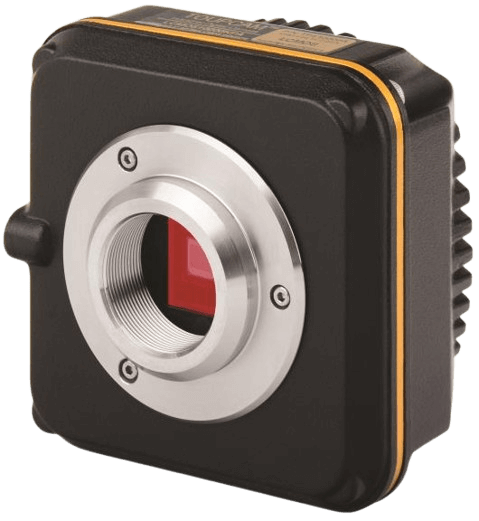
Venuslab-L3 CMOS Camera
Advantages:
It achieves a certain balance in resolution and pixel size, and can take into account both certain detail capture and light-sensing capabilities; the frame rate performs reasonably well at different resolutions.
Applications:
It can be used for cell observation, tissue imaging, etc. in the biomedical field, and can also be used in industrial vision to detect products that have certain requirements for resolution and light sensitivity.
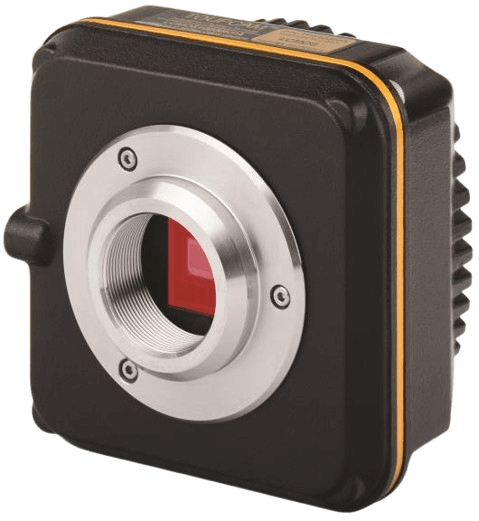
Venuslab-L3 CMOS Camera
Advantages:
It has good resolution and moderate pixel size, achieving a good balance between imaging details and sensitivity; the frame rate performance under multiple resolutions can meet certain dynamic shooting needs.
Applications:
Suitable for scenarios such as appearance inspection of electronic components, high-precision document scanning, and can also be used for microscopic teaching in the education field, etc.

Venuslab-L3 CMOS Camera
Advantages:
In the lower pixel range, it has relatively good light-sensing performance and can adapt to certain low-light environments; the frame rate performance can meet the shooting needs of general dynamic scenes.
Applications:
It can be used for general industrial appearance inspection, areas in security monitoring that have certain requirements for image quality, and some scientific research auxiliary shooting that requires a balance between cost and performance.
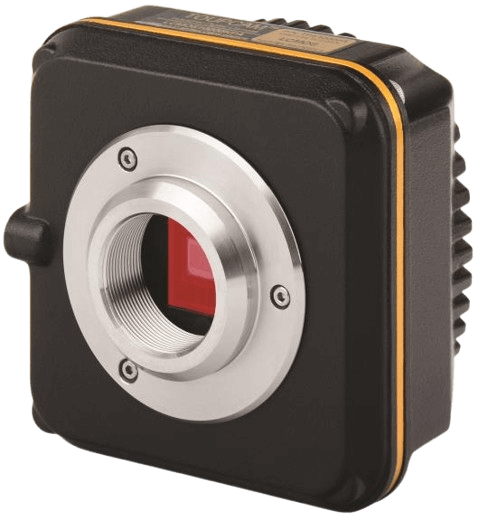
Venuslab-L3 CMOS Camera
Advantages:
The larger pixel size gives it a certain advantage in light-sensing capability, enabling it to obtain relatively clear images in low-light environments; the frame rate performs well at low pixels.
Applications:
Suitable for industrial inspection in low-light environments, such as product inspection in workshops at night or with insufficient light; also applicable to security monitoring that requires low-light imaging.

Venuslab-L3 CMOS Camera
Advantages:
It has an extremely high dynamic range, which can well retain the details of bright and dark areas in scenes with large differences in light intensity; the relatively large pixel size ensures a certain level of light-sensing performance.
Applications:
It is suitable for detection in outdoor environments with alternating strong light and shadows, such as road facility detection; it can also be used in scientific research experiments that require a high dynamic range, such as experiments studying the impact of light changes on material surfaces.

